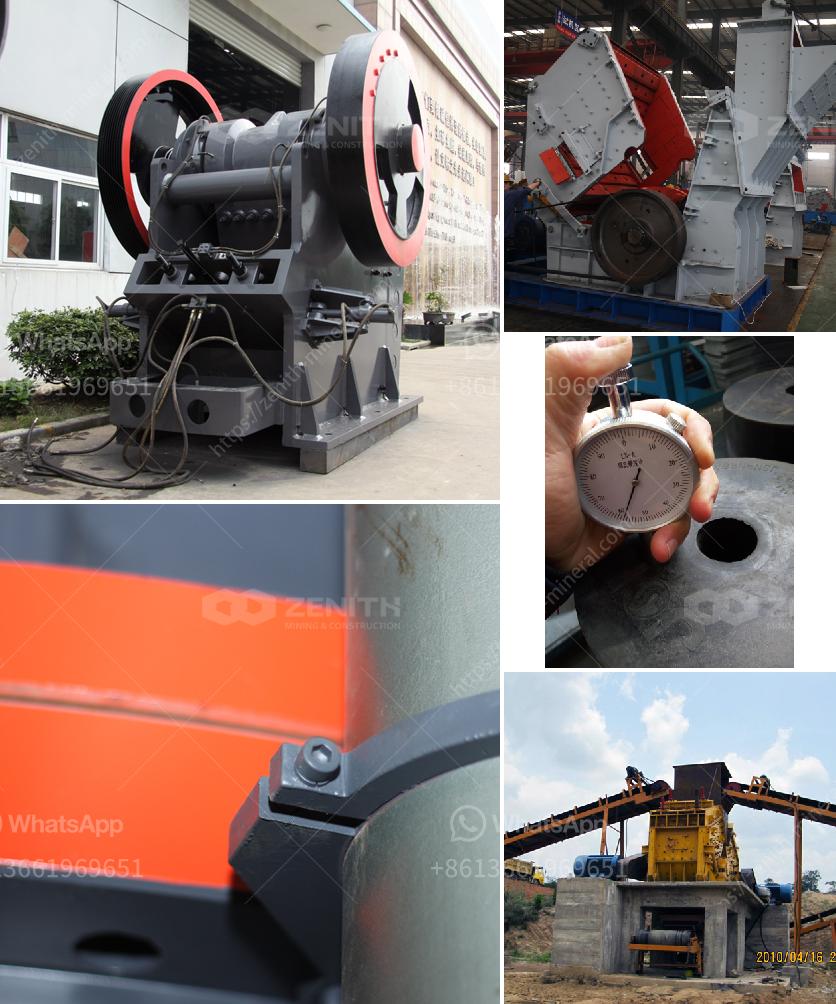Iron ore beneficiation often employs reverse flotation cells due to the following key reasons:
Selective Separation: Reverse flotation is effective in selectively separating silica and other impurities from iron ore. This is crucial because the removal of impurities enhances the grade of the ore.
Efficiency with Lower-Grade Ores: As lower-grade iron ores become more common, reverse flotation provides an efficient method to improve the concentration of iron by removing gangue materials.
Improved Product Quality: By floating out the impurities and leaving the iron-rich material behind, reverse flotation enhances the overall quality of the iron ore product, making it more suitable for steel manufacturing.
Economic and Environmental Considerations: This method can be more cost-effective and environmentally friendly compared to traditional beneficiation processes. It often requires less energy and results in less waste.
Compatibility with Various Ore Types: Reverse flotation is adaptable to a wide range of ore types and can handle different mineral compositions and particle sizes more effectively.
Overall, the use of reverse flotation cells in iron ore beneficiation helps to optimize the efficiency of the separation process, producing higher-quality iron ore with fewer impurities.
